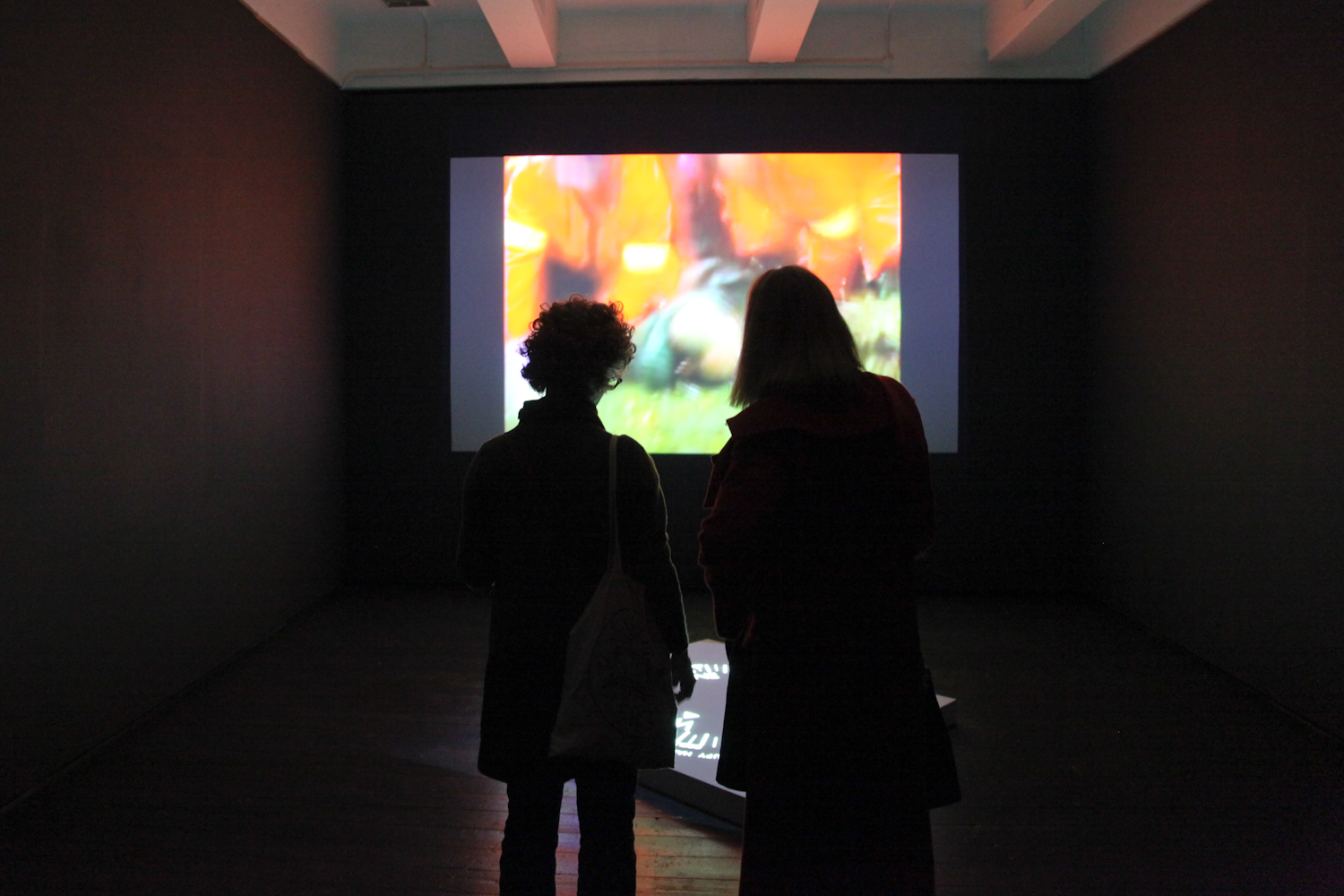For me BPB12 was not first and foremost a photographic experience but a political education.
In both my own photographic practice and the work with which I usually engage, it is photography’s ability to manifest an idea, to cast an introspective look at what it is to be human that I am drawn to. BPB12 collected together examinations of how we are dealing with the external world, how the human race is attempting to protect, expand or dismantle a myriad of ideals, cultures and structures that we have built around ourselves.
It came as no surprise to me that photography could be used to speak so eloquently of these sometimes profoundly shocking, often inspirational events, people and places. From the prolific visual documentation of the global Occupy movement to the television news footage of the uprisings in Egypt we are all familiar with the images of protest during what is a turbulent time for global politics.
Thomson & Craighead’s deeply affecting installation October uses footage uploaded to YouTube to chart the extraordinarily tenacious (and under reported) global Occupy movement. Before experiencing Thomson & Craighead’s piece I thought I had a good idea of the events of Occupy, but after spending 15 minutes in close proximity to the compilation of footage coupled with the orientating and grounding ‘compass’ element of the piece I felt winded with the weight of injustice and the brutality exhibited by officials protecting the status quo whilst the citizens for whom they are employed struggle to be heard.
Edmund Clark’s piece Control Order House also highlighted a situation that is ostensibly in plain (hidden) view. The fact that the British government deem it necessary to detain individuals suspected of terrorist activity for prolonged periods of time without trial is no secret, but never before had I stopped to consider the reality of this. Clark’s photographs and accompanying documentation shine a light on one of the more secretive and at times bizarre elements of what many unquestionably consider to be a just judicial system. Although an essay or journalistic exposé would have given us an insight into the life of the unnamed individual; it is only through Clark’s images of the familiar in the unfamiliar, of a home which none of us would want to return to, that the situation of the man whom we are not permitted to meet can begin to be understood.
Perhaps what I learned from BPB12 is not confined to the sphere of global politics, but also that the medium with which I choose to engage – through which I feel able to speak and interpret – is in fact fundamental to the way in which the world is interpreting and questioning itself; that photography itself can be an agent of change.
–
Published on 20 November 2012
Submitted by Ruth Abigail Oliver
Edited by Photoworks

